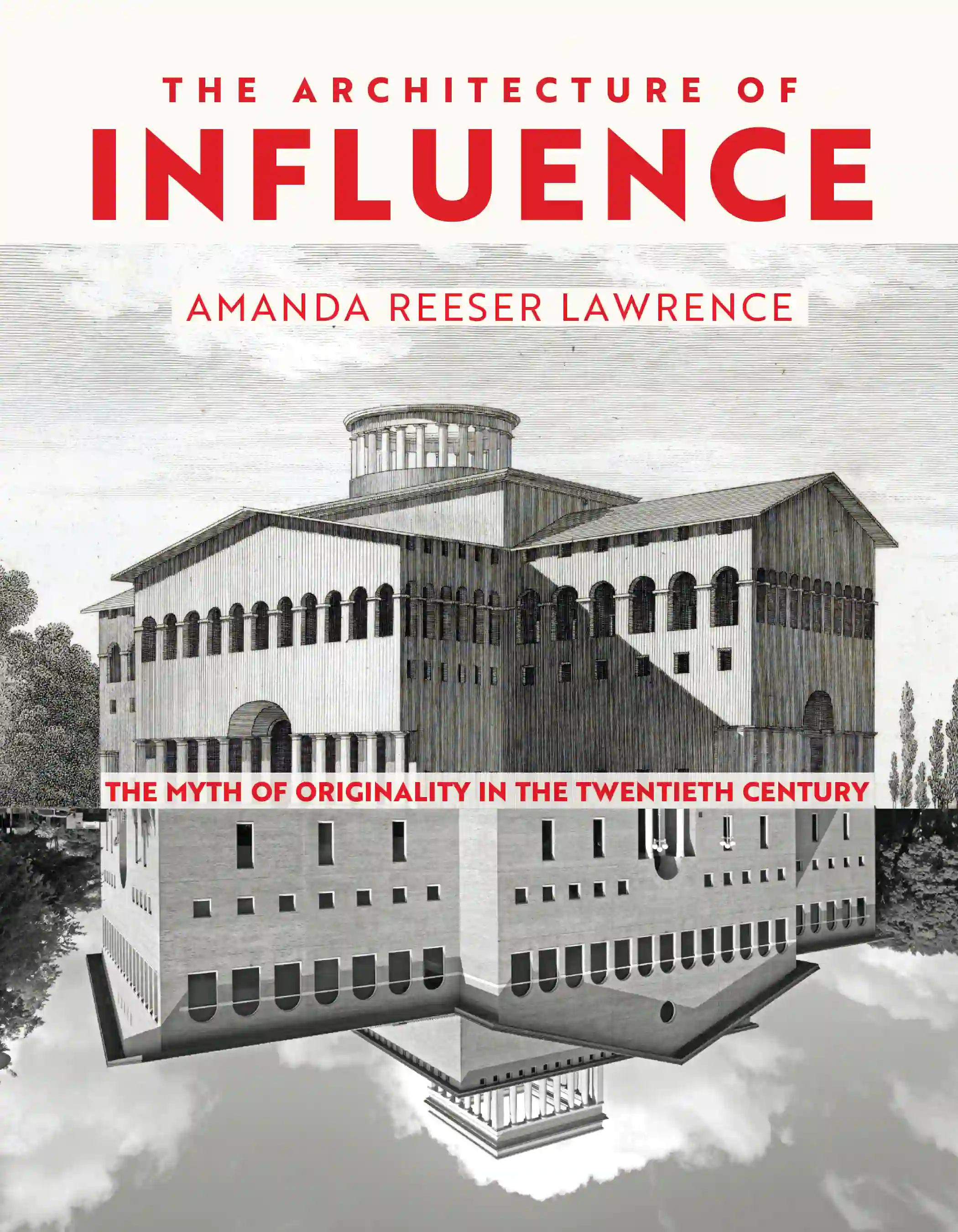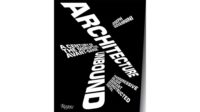The ways we engage with architecture media are changing radically, as social feeds accelerate the volume of content and erode viewers’ attention spans. This ubiquitous broadcast of architecture—as image—and its wholesale consumption raise important questions: How does this superabundance of architectural images change how we experience architecture? How does it affect modes of architectural production? Although architecture media largely focus on design reception, can they also affect design conception?
Amanda Reeser Lawrence’s book The Architecture of Influence confronts some of these questions from a historical perspective, exploring the use of precedent, models, and sources in 20th-century architecture. By retracing multiple and multidirectional vectors of inspiration, collaboration, and imitation, she investigates disciplinary preoccupations with originality, the notion of genius, and the inevitability of influence in the mechanics of design.

The Architecture of Influence: The Myth of Originality in the Twentieth Century, by Amanda Reeser Lawrence. University of Virginia Press, 280 pages, $50.
Early in the text, Lawrence refers to literary critic Harold Bloom’s 1973 book The Anxiety of Influence, whose premise is the impossibility of isolating creative processes from the larger body of preceding work, describing influence as “an anxiety-ridden struggle” between creators and their predecessors. She identifies such anxieties in Frank Lloyd Wright, who denied being inspired by anything beyond the natural beauty of organic forms. More recently, statements by Frank Gehry reveal a genuine concern with copying himself, as his signature architectural style tends to create an inescapable stylistic feedback loop. Despite an expectation within the profession for newness and the larger cultural value often placed on innovation, significant works by some of the best-known architects consistently rely on processes of citation and referentiality. Lawrence astutely reveals how practices of appropriation, duplication, and copying were not the exception but were rather an integral part of a pervasive norm.
In her survey of the 20th century, Lawrence organizes the book into seven chapters—“Replicas,” “Copies,” “Compilations,” “Generalizations,” “Revivals,” “Emulations,” and “Self-Repetitions”—each of which examines several case studies. In “Copies,” she explores the many threads shared between Philip Johnson’s Glass House (1949) and Mies van der Rohe’s Farnsworth House (1951). Curiously, while Johnson’s house was explicitly inspired by Mies’s design for Dr. Farnsworth—he even went so far as to publish an article in The Architectural Review saying as much—Johnson’s house was completed first. “The copy precedes the original,” Lawrence writes. As this case illustrates, the intertwined and overlapping design and construction timelines of the two residences, which spanned years, and the fact that Johnson and Mies were at various times collaborators and competitors, meant that the two architects influenced each other in complex and nonlinear ways.
Lawrence’s analysis often presents pairs of major works generally understood as original and copy, such the House of Education (1779) by Claude-Nicolas Ledoux and the College of Architecture (1986) by Johnson and John Burgee (both projects are featured on the book’s cover, as mirrors of one another). But she also explores figureheads, like Le Corbusier, in the context of derivative work, such as that of the New York Five; or masters and their apprentices—for example, Frank Lloyd Wright and his prolific acolytes Richard Neutra and Rudolph Schindler. In each case, Lawrence reveals the intricate and inescapable nature of referentiality within design. She also shows how more recent works read, revise, and reinterpret sources differently from older ones, since history is always filtered through contemporary media that frame our engagement with the past.
“In interrogating the unoriginal with the same intensity of critical force typically reserved for the unprecedented,” she writes, “we underscore not simply the inevitability but the significance of influence as a central feature of 20th-century architecture.” The Architecture of Influence reveals the tangled web of processes that underpin much of the architecture of the last century, despite the cultural mythologies surrounding the solitary genius. By demonstrating the sheer complexity of influence, Lawrence also provides a deeply revealing portrait of the means and methods of design culture that have only intensified in the present. While vectors of influence between architects of the 20th century were publications and journals, now those vectors are fast-paced online platforms, social media algorithms, “likes,” and “shares.” Lawrence’s book is “not only a theorization of a set of historical ideas, but an implicit guide for their implementation.” For her, a book about the history of influence is also an essay on modern-day authorship, media, and technology. Considering how the old influences the new inevitably also asks, What does it mean to imagine today?



Post a comment to this article
Report Abusive Comment